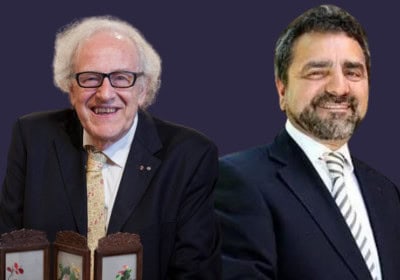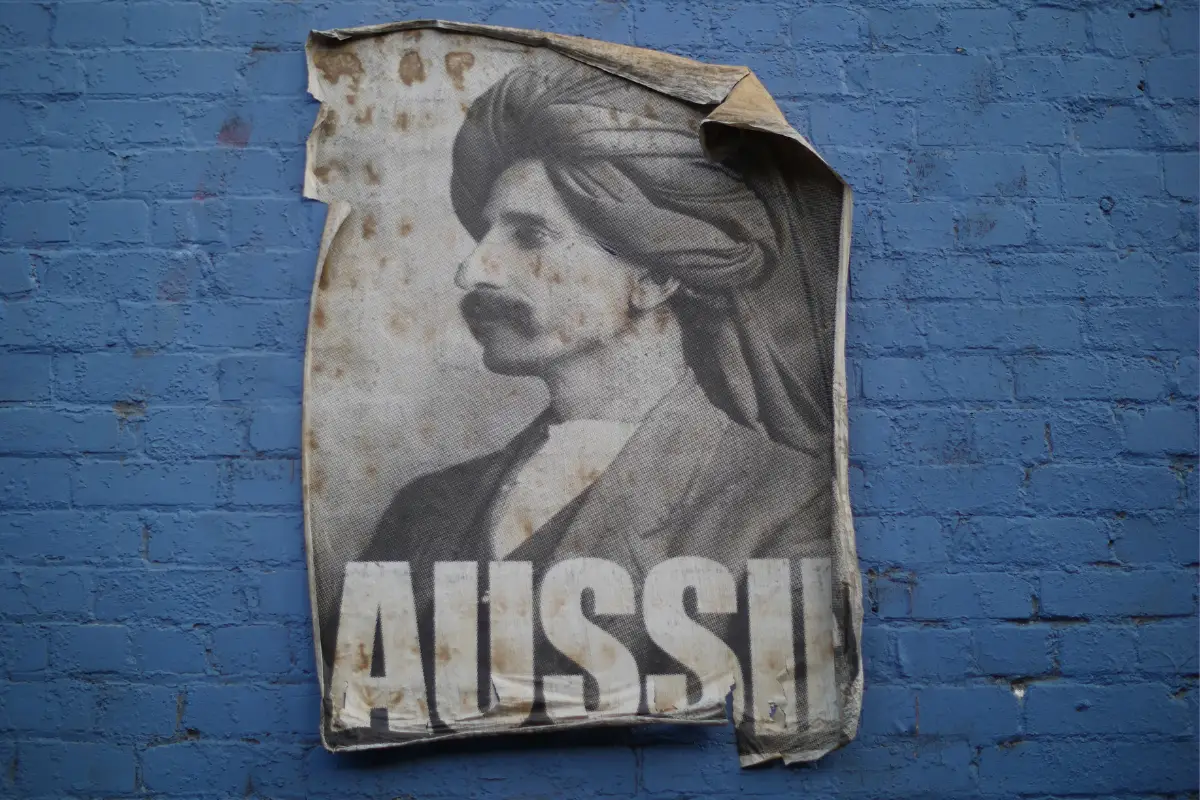
Reconciling logic & paradox
Paradoxes have long fascinated humans. “What a paradox!” we say, usually of something that is apparently true but contains two statements which seem to be inconsistent with each other. Paradoxes and logic are ill at ease in each other’s company.
The ancient Greeks, who invented the study of logic, were also fascinated by paradoxes. One example from classical antiquity is this: if a Cretan says “all Cretans are liars” is he speaking the truth? If he is then his “true” statement is a lie. Logic however tells us that it cannot be both the truth and a lie at the same time. Yet it does appear to be both true and false at the same time.
A more modern example is “this sentence is false”: if it is true the sentence is false, then it is false that it is true. There is a contradiction here that classical two-valued (true/false) logic cannot resolve. From this comes the notion expressed in Latin as “ex contradictione quodlibet”, that is “from a contradiction whatever you want”.
However, if we accept “ex contradictione quodlibet” then we can literally prove anything we want. Take the ancient “sorites paradox”: a hairy person with one hair removed is still hairy, remove another hair and the person is still hairy, etc…, so no matter how many are removed the person is still hairy. Hence bald and hairy are the same. It is an absurd conclusion, but it isn’t easy to use logic to say why.
It might be argued that this is a game with no real consequences: after all humans happily live with contradiction and inconsistency and do not use them to provide proof of anything they want. However, as we move into the world of Artificial Intelligence any AI worth its salt must be able to encompass the human ability to live with inconsistency. All the same, it will be no simple task for AI to model this human capacity, especially as a true/false logic, which cannot accommodate inconsistency, underlies all computing.
Australian philosophers lead the way
Over the centuries there have been many attempts to find a way of reconciling logic and paradox but these have taken a new turn in the twentieth century with Australasian researchers playing a major role from the 1960s onwards.
Prominent in this field have been Leonard Goddard, Richard Routley (later known as Richard Sylvan), Robert K Meyer, Graham Priest, Chris Mortensen, Lloyd Humberstone, Ross Brady and Greg Restall: all of them Australian philosophers. Their work has led to the invention of paraconsistent logic, which can be seen as logic which denies the validity of “ex contradictione quodlibet”.
By the 1990s it was realised that paraconsistent logic needed a wide range of applications if it was to move beyond being a side issue on the margins of classical mathematics. As a result, paraconsistent logic gave rise in Australasia to inconsistent mathematics, a new branch of mathematics, where the focus is on deliberately creating contradictions in mathematics.
Paraconsistent logic and inconsistent mathematics both gain from the support of the other. If you combine these with the study of paradoxes you have a new overarching discipline, the Theory of Inconsistency. In this again Australasia is the leader, although advances have also been made in the UK, Europe, and North and South America.
Using mathematics to understand art
Recently works of art have come within the purview of inconsistent mathematics with a proposal by Mortensen to give a rigorous mathematical description of the impossible figures found in art works like Escher’s “Belvedere”, where a ladder leads from the middle of one floor to the outside of another floor apparently placed exactly above it but, impossibly, at right angles to it.
If a new theory of inconsistency can cope with the mind-baffling visual paradoxes of Escher’s art then it may help us in many other more compelling problems of our lives today, Artificial Intelligence and all.



